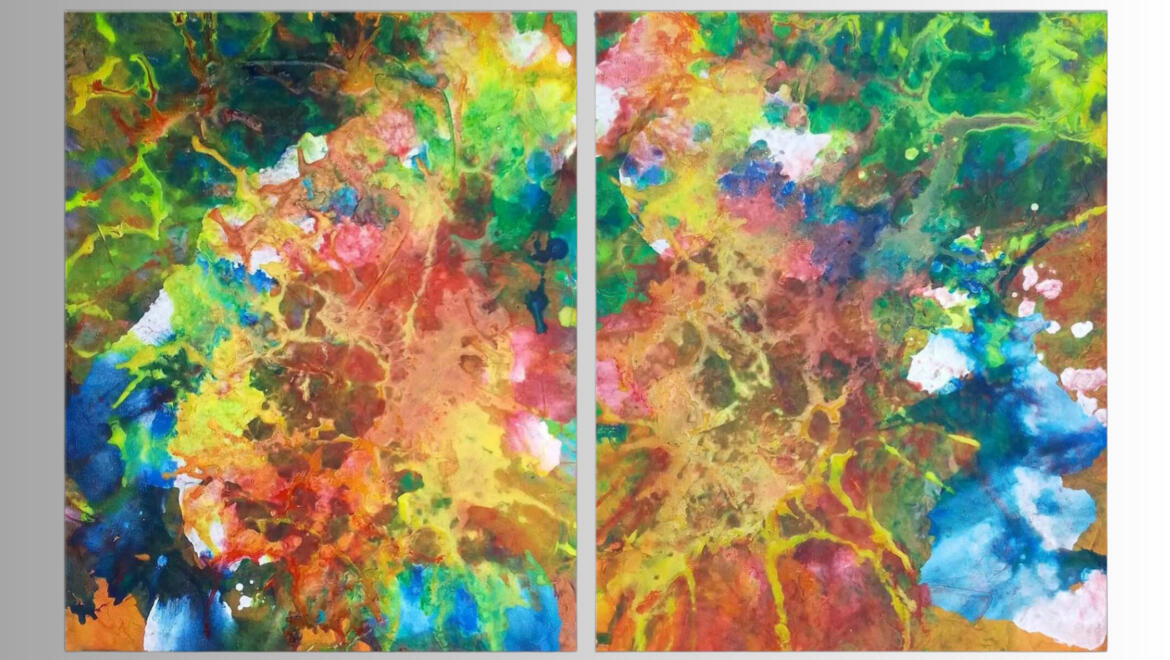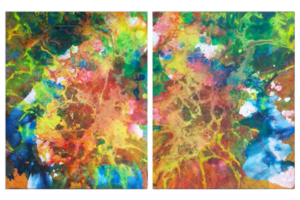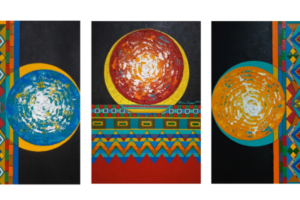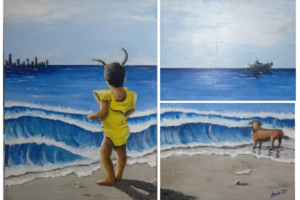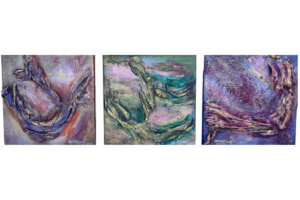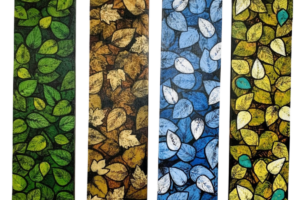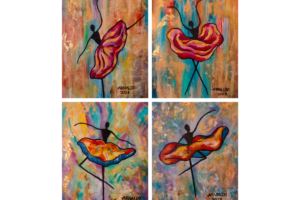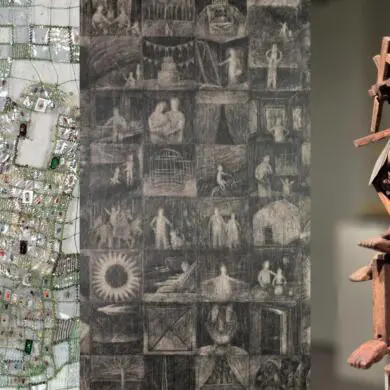Art knows no limits regarding expression, breaking free from the constraints of a single canvas and embracing the exciting appeal of polyptychs, which use multiple panels to tell stories.
For the uninitiated, a diptych consists of two connected panels; a triptych has three panels; a quadriptych has four panels, and a polyptych has five or more panels.
These multi-panel artworks feature similar compositions or color schemes while portraying distinct scenes. They convey diverse narratives, offer varying perspectives, or illustrate the development of a subject.
The word “polyptychs” came from the Greek words poly, meaning many, ptychē, meaning fold. They offer a unique way of viewing art, with different scenes and viewpoints. This artistic form started in the early Renaissance, and polyptychs became well-known artworks depicting religious scenes. Polyptychs were frequently employed as altarpieces in Christian churches and cathedrals. It is believed that polyptychs originated in Italy during the early 14th century.
A notable artist in this art form is Jan van Eyck (1390-1441), a Belgian painter who used oil paint to create realistic and detailed paintings. His work is renowned for its use of light and its ability to capture the textures of objects. His masterpiece, the “Ghent Altarpiece,” comprises 12 panels narrating the biblical story of Jesus Christ. This artwork depicts significant events, such as Christ’s sacrifice, crucifixion, and the symbolic importance of his life-giving blood. It also emphasizes Christ as the Lamb of God offering his blood.
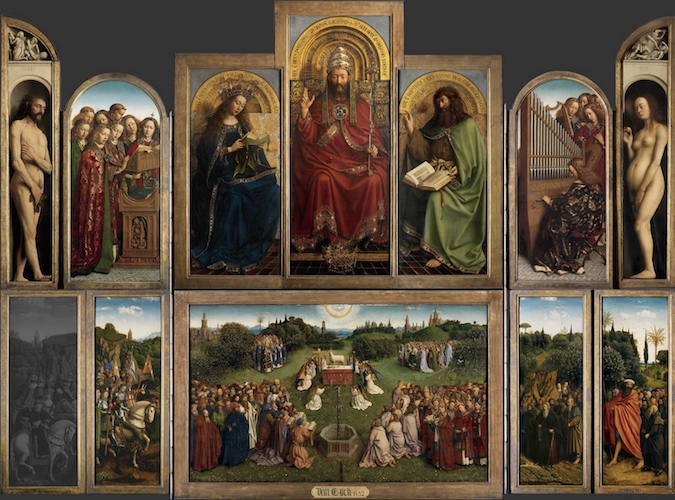
“Ghent Altarpiece“
11 ft. x 15 ft. Oil on Wood
Image: Smarthistory
Here are different multi-panel paintings featured on FilipinoArt.ph:

